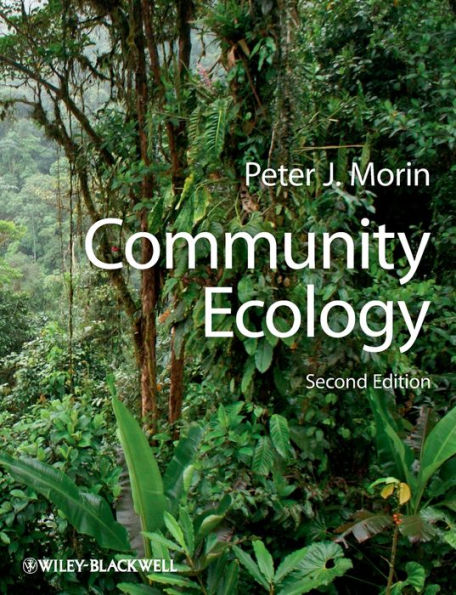5
1
9781405124119



Community Ecology / Edition 2 available in Paperback

Community Ecology / Edition 2
- ISBN-10:
- 1405124113
- ISBN-13:
- 9781405124119
- Pub. Date:
- 08/22/2011
- Publisher:
- Wiley

Community Ecology / Edition 2
$114.75
114.75
In Stock

From the B&N Reads Blog

